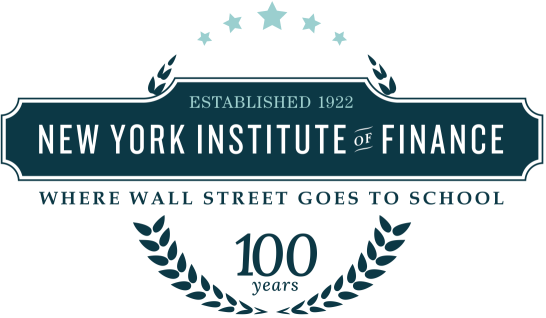Global Convergence of Accounting Standards: Understanding US GAAP and IFRS Differences
Convergence of U.S. and international accounting standards is coming and the pace for this evolution is quickening. This convergence is challenging, not only because of its goals, but because of the expectations of financial statement users. Users of financial statements must be educated as to the differences in accounting standards, and the implications that different approaches yield. The objective of this course is to provide users with a framework to better understand the implications IFRS has on financial statements and its potential impact on financial reporting in the United States as the SEC moves closer to IFRS adoption. Core NYIF Curriculum
This curriculum is made up of the following modules:
- US GAAP and IFRS: An Introduction
- US GAAP and IFRS: Categorizing Differences
- Differences Between U.S. GAAP and IFRS
| Program Level | Intermediate |
| Prerequisites | This course has no prerequisites. |
| Advance Preparation | No advance preparation required. |
| Recent Revision Date | February 19, 2015 |
| Instructional Delivery Method | QAS Self Study |
| Field of Study | Accounting |
Duration : 1 hour
- Define the acronyms U.S. GAAP and IFRS
- Harmonization and convergence as they relate to accounting standards
- Financial statements required under U.S. GAAP and IFRS
- Potential objectives of financial reporting
- Two-fold role of accounting standards
- Reasons why accounting standards differ among countries
- Countries currently using IFRS
- Why the adoption of IFRS internationally may not lead to full harmonization of accounting standards
Duration : 0.5 hour
- Two dichotomous categories that can be used to organize differences between U.S. GAAP and IFRS
- Substantive and cosmetic differences
- Temporary and permanent differences
- The underlying factors that may give rise to differences between U.S. GAAP and IFRS
- Measurement, recognition threshold, classification, and rules as they apply to giving rise to differences between U.S. GAAP and IFRS
- Benefits of using the classification methods described
Duration : 0.5 hour
- Differences between U.S. GAAP and IFRS for, Consolidation, Impairment, Inventory and Financial Instruments
- Differences in the interpretation of the concept of control and their effect
- Compare and contrast the issues affecting the accounting for impairment of financial assets under U.S. GAAP and IFRS
- Compare and contrast impairment testing requirements and the related accounting for nonfinancial assets under U.S. GAAP and IFRS
- Three ways in which accounting for inventory differs between U.S. GAAP and IFRS
- How the four underlying factors, (measurement, recognition threshold, classification, and rules) can be used to identify accounting and reporting differences related to financial instruments under U.S. GAAP and IFRS
